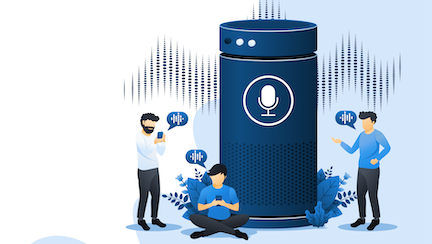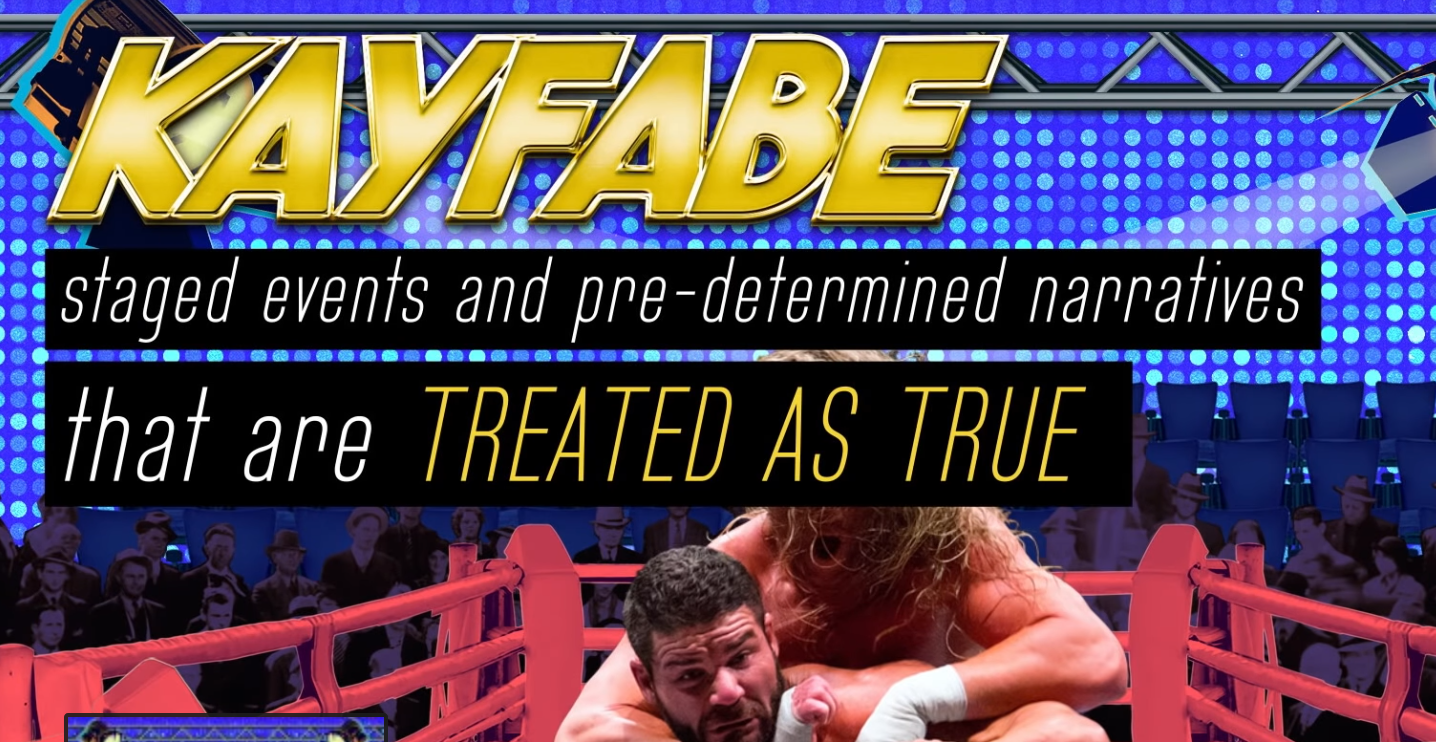
Why content strategy IS the Internet.
Robert Brewster: “The virus has infected Skynet?”
John Connor: “Skynet is the virus.”
From Terminator 3 Rise of the Machines
Why is Skynet like most people’s perception of content strategy? Both have been misperceived.
General Robert Brewster was just told that the spreading computer virus that was causing computers and critical systems worldwide to malfunction was actually being caused by the supercomputer Skynet that he created. And on top of it, he had so much faith in his understanding of Skynet, General Robert Brewster turned off all the human protocols that could rein in Skynet from destroying the world.
At this point in the movie, I bet he was thinking, “Uh, oh. Didn’t think that through.”
While the general’s paradigm shift ended up being too late to change gears and stop a thermonuclear war and two bad sequels (Terminator Genesis and Terminator Salvation – don’t get me started), you can when it comes to your digital presence and marketing. Simply realize that when it comes to the Internet, it’s a grave mistake to view content strategy as a minor component of digital marketing efforts. It is the focus.
Content strategy IS the internet. Here’s why and what you should do about it.
Content is what the internet is about. Everything we do with it is all about getting to that content.
Content strategy supports it.
The Internet is nothing but content. And in case you haven’t noticed, there is a lot of it. Between businesses, bloggers, social media, more content is being added every day creating a wealth of content to consume.
As of March 2016, at least 4.62 billion pages and counting. Too much for anyone to consume. Plus most of us are short on the time required to sift through all that content to find what satisfies our need and delights us. To do so would be like finding the proverbial needle in a haystack. Plus we don’t know all the content that we don’t know about. Hard to find something you don’t even know exists.
If only there was a content strategy resource that made Internet content easier to find. Oh wait, there is.

It’s called Google.
That is why Google is the top, go-to website for most of us to engage the Internet. See live Google search statistics. At its heart, Google is nothing more than content strategy as a service. A system strategizing and structuring how to deliver the content you want to you.
Disclaimer: As my girlfriend works for Microsoft (and got me access to Hollow Lens and virtual games – which was cool), I’m obligated to disclose that Bing also exists.
Google (and yes, Bing) is content strategy.
Google audits content, reviews content structure and applies algorithms to determine content relevance – all to make the information on the web, findable, relevant and engaging for those who seek it. Because it’s good at doing what content strategy is meant to do, more than 1 billion people use Google and its approach to content strategy to find content they want. I bet, including you.
The philosophy of applying thought-out, human-need-structured and data-driven content strategy is the opposite of the if-you-build-it-they-will-come idea held by some who build digital properties on the web. Yes, it was good for Kevin Costner in Field of Dreams, but it is a fool’s errand for digital marketing. Yes, even though your product or service is awesome.
As I mentioned, the Internet is big. So just focusing on building a digital property on the vast Internet with no content strategy is like throwing a book into the Grand Canyon and saying to yourself, “people will find it.” The bright side? When an archeologist from the 25th century bumps into your book while venturing through the canyon, your hunch will be confirmed. Focusing on the UI or UX alone instead of getting content strategy right, is like saying that, when they do find it (in the 25th century), boy, it will be a great experience. That’s why the way that you structure content to be found is critical to making all the other marketing elements work.
If you want your business to be found in this century. Perhaps even within days, people turn to people like myself to help clients build strategies so the ginormous content strategist known as Google knows how to store, rank and present our client’s content so it can be found.
And your position on Google is critical. How much? As the joke goes, “if you want to hide a dead body where no one will find it, put it on the second page of Google.
Which reminds me, where’s your business located on Google?
Content strategy is also important within every website and digital property.
How your individual site or mobile app is structured (especially how the information within it is structured) is crucial to driving good experiences and conversions. Lack of a well-thought-out content strategy for your website is like being a huge department store where products are placed in random or at-whim piles. Even if what customers want is there, you’ve likely made it too hard to find. And the content structure creates a discouraging digital body language to users that says, “may the odds be in your favor” straight out of The Hunger Games. It also makes any competitor with a good content strategy and who can deliver a better content experience more attractive.
The three keys to a powerful content strategy.
Whether it’s at the level of Google or your own digital property, if you achieve my three legs of content strategy, you’ll succeed.
Part one of an effective content strategy: be findable.
No one is wowed or sold by content they can’t find. Again, that’s what Google is for and why it’s popular. Good content strategy practices can help you to research and create the right content, the right structure for the content, the right content types and right content delivery that can lead potential customers to you.
If content or the containers for your content (i.e. navigation, subheads) are not structured to make the content within it easy to find, you are likely delivering a frustrating experience that can drive customers away and hurt your brand. Help your customers find what they are looking for.
Part two of an effective content strategy: be relevant.
Quickly answer the question “Why should I read this?”
To be successful, have messaging and content that makes it clear what value your content will provide if they engage.
To do that, you MUST do your homework. Learn your customers’ needs and what content will satisfy it. This is where skills like marketing and user research and developing personas will help you shine. Define your audience. Research their problems. Define your audience’s needs. Know the barriers your users face that might prevent them from taking action. Then, use those insights to develop appropriate content.
Part three of an effective content strategy: be engaging.
We all know that vegetables are good for you, yet many of us don’t like to eat vegetables. Similarly, having relevant content alone doesn’t ensure it gets read or viewed. Those of us who have been bored to death and falling asleep during an industry conference presentation can contest to that.
So how do we engage?
Make it easy to read. One of the best ways: Create the 6-minute-abs (lots of value obtained for little effort) approach for content by communicating that the result your users seek is easy to achieve. The headline is a start. For example:
“How to have a powerful content strategy in just 6 minutes.”
A reader thinks, “Wow, only 6 minutes to get what I want? I can manage that. I’m in.”
Even if that headline draws them and gets them to click through, design the copy and images so the content supports the idea of easy effort. Make the on-page content easy to scan and consume. You can do that by breaking up paragraphs, using bullets and subheads so users can quickly scan to get to the content they desire.
Focus on these three steps to content strategy, you’ll create a satisfaction.
A satisfaction is what I call it when your digital property has met a user need or desire. You’ve helped them find something they want. You’ve given them content that’s helped them solve a problem. At that moment, you’ve built a moment that you can build on so that your user can better know you, like you and trust you. Steps that can further your results as they can translate into an immediate sale or content marketing efforts leading to a sale.
Realizing that content strategy is the Internet, is not as critical as avoiding thermonuclear war and AI machines coming to get you, but your traffic analytics might blow up big time. A good enough reason to try it, don’t you think?































